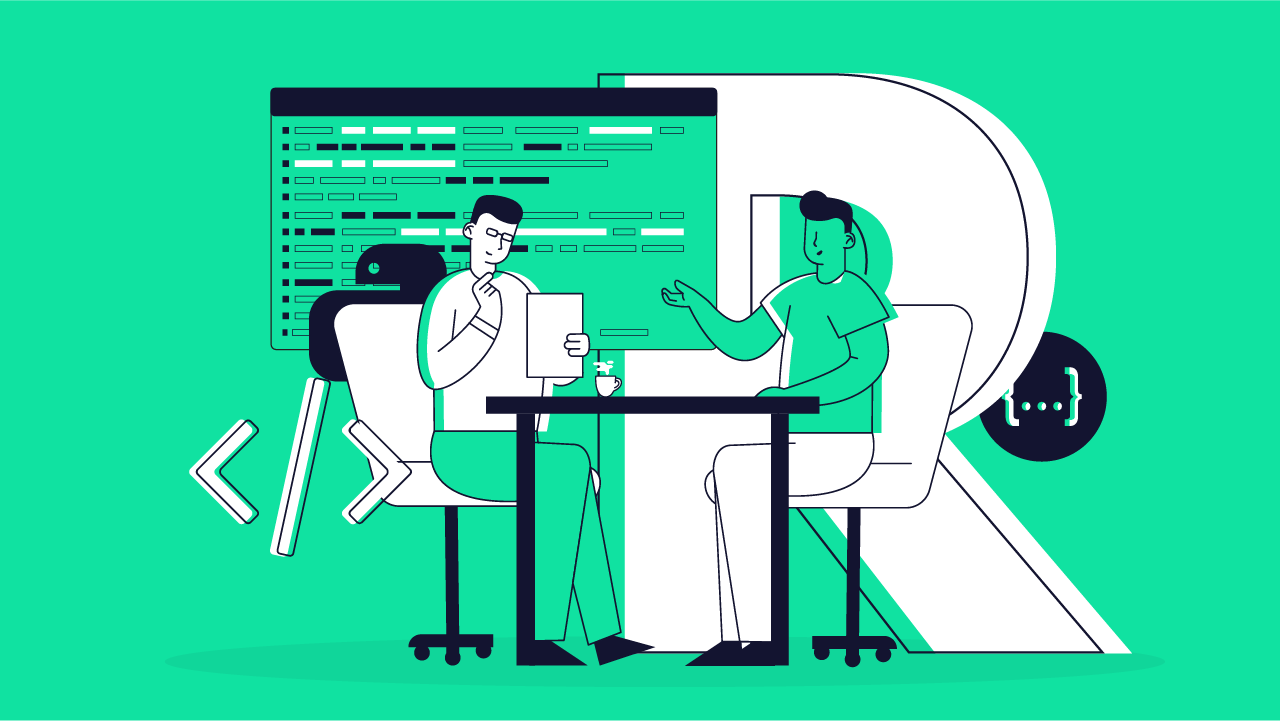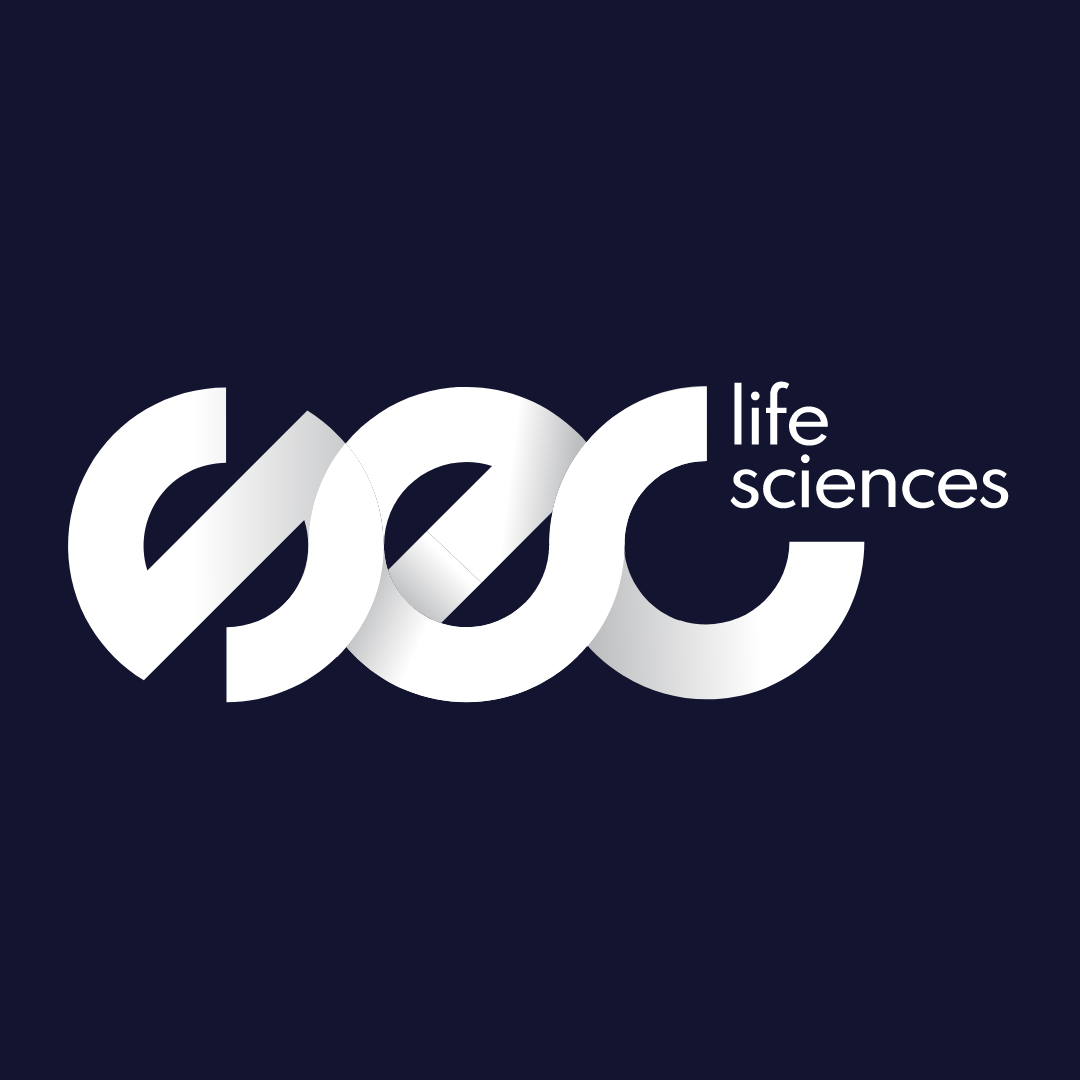Latest News
How to prepare for your statistical programming interview
29 May, 20245 MinutesYou might know it yourself, but how do you convey to an interviewer that you're the perf...

You might know it yourself, but how do you convey to an interviewer that you're the perfect fit for the statistical programming role they're hiring for?
Hiring managers will be speaking to other candidates and asking similar questions to all their interviewees, so you want to enter the interview feeling confident knowing that you’re as prepared as you can possibly be to make a strong impression and stand out.
We’ve been supporting candidates through the interview process for statistical programming positions for years, and are partnered with some of the biggest CROs, pharma, and biotech companies responsible for hiring people with skillsets like yours.
So, to give yourself the best chance of landing your next role, we’ve put together a guide to prepare for your interview and ensure the interview is a success.
Quick Links:
- Understanding the interview structure
- How to approach answering questions
- Things to know ahead of the interview
- Preparing with your recruiter
- What to do during the interview
- Example questions you might face
- What to do after the interview
Understanding the Interview Structure
Interviews can vary, but a first-stage interview for a statistical programmer role often follows a 3-stage structure:
Job and role overview: You'll discuss the specifics of the position and what's expected of the role.
Resume deep dive: Be ready to walk through your resume with concrete examples that highlight your experience, achievements, and technical proficiency.
Q&A session: This is your chance to ask questions that show your interest in the role and to answer questions that reveal your fit for the position.
Preparing for your Interview
How to approach answering questions:
The most effective way to structure your answers while making sure you get all the necessary information across is to use the STAR method. The STAR method is a structured interview technique where candidates organise their responses as follows:
Situation: Describe the context or setting.
Task: Explain your role within that situation.
Action: Detail the steps you took to address the situation.
Result: Conclude with the outcome of your actions.
For example, imagine you are asked about a time you improved a data processing workflow. Using the STAR method, you could answer:
Situation: In my previous role at XYZ Pharma, the data processing workflow was inefficient, causing delays in project timelines.
Task: My task was to streamline the workflow to enhance efficiency and reduce turnaround time.
Action: I analysed the current process, identified bottlenecks, and implemented automated scripts using SAS to speed up data handling.
Result: As a result, the processing time was reduced by 30%, significantly improving project delivery times and team productivity.
This approach will help you demonstrate your capabilities for the role and provide context behind some of your experience. It’s a great method for showing your competencies, whilst showing that you understand the impact they had on the project you were working on or the wider business.
Things to know ahead of the interview:
The company’s core values and main projects
Thoroughly understand the company’s mission, values, and recent projects or scientific contributions. Align your answers and prepare questions that demonstrate your understanding of these values.
Relevant technical skills and online assessments
Review necessary technical skills/software as they’re outlined in the job description. If the company uses assessment tests, practice similar ones, especially if they are timed. If you are unsure about whether or not the company uses such tests, speak to your recruiter or your point of contact at the organisation you’re interviewing with.
The job description and how your experience aligns
Align your prior experience and practice explaining how your previous work directly relates to the job description using specific examples; remember to structure these using the STAR method.
How you are expected to present yourself
Plan your interview attire, ensure your technology setup is functional if it’s a virtual interview, and schedule a final prep call with your recruiter.
The questions you are going to ask your interviewer
Consider the knowledge gaps you have in relation to the job specification or the company itself. Prepare a couple of questions you'd like the answer to to affirm this is ther right opportunity, and to reaffirm your interest in the job and engagement with the firm.
Preparing with your recruiter:
If you're working with us, your recruiter will touch base with you to ensure you’re feeling confident and prepared. We'll discuss:
- How you're feeling about the upcoming interview.
- If you have any concerns or specific areas you want to address.
- What you need to learn from the interview to confirm it’s the right opportunity for you.
- Why you're interested in the company and what you know about them.
It’s your opportunity to square the logistics of the interview and re-affirm the position is what you expect.
During the interview:
Motivation and fit
Clearly articulate why you want the role and how you see yourself fitting into the company culture and contributing to ongoing projects or goals. Use the STAR method here by explaining a situation where your goals aligned with the company’s mission, the tasks you undertook, the actions you implemented, and the results that demonstrate your fit.
Handling challenging situations
Be prepared to discuss how you handle stress, conflict, and challenges, ensuring you present solutions and outcomes that highlight your problem-solving skills and resilience. Using the STAR method will help you structure your answer effectively, making it easier to convey the context, your actions, and the positive outcomes. You’ll be able to highlight your problem-solving and resilience clearly.
Discussing career aspirations
Share your career goals and what you expect to achieve in the role, showing alignment with the company’s future direction. When discussing your aspirations, use the STAR method to provide clear examples of past experiences that have shaped your goals, illustrating how your actions have led to successful outcomes.
Technical competence and problem-solving
Be ready to answer technical questions related to the role and discuss past projects or challenges you've navigated, particularly focusing on your analytical and decision-making skills. To effectively highlight your technical competence, apply the STAR method to outline specific situations where your skills led to successful outcomes.
Demonstrating soft skills
Statistical programming roles often require collaboration with cross-functional teams, clear communication of complex data, and adaptability to rapidly changing environments. Be prepared to discuss instances where you effectively collaborated with others, managed conflicts, or adapted to changing circumstances. Using the STAR method, highlight specific situations that demonstrate your soft skills and their impact, showing how they contribute to your overall effectiveness in the role.
Professionalism and authenticity
Maintain a professional demeanour throughout the interview while being genuine in your responses, ensuring they reflect both your personal values and professional integrity.
Questions you might face:
Experience with statistical programming
"Can you describe your experience in programming figures for clinical research projects?"
What they’re looking for: The interviewer wants to assess your practical experience with creating visual data representations as they are essential for communicating findings in clinical research. They’ll be looking to understand your proficiency and familiarity with the tools and techniques you’ve used.
How to answer: Talk about specific projects where you have programmed figures, the tools and languages you used, and any challenges that you faced. It’s also important to mention the impact of your work (e.g. improved data interpretation or decision-making).
"Can you talk about your experience in performing statistical programming tasks for clinical research projects?"
What they’re looking for: This question aims to get an idea of your experience in statistical programming within clinical research. The interviewer is looking to see how good your understanding would be for the various tasks and responsibilities in the job specification.
How to answer: Give an overview of your roles and responsibilities in previous positions, highlight any key projects that you worked on. Talk about the types of data you worked with, the statistical methods you used, and the outcome of your work.
"Which programming languages or tools do you prefer using for statistical programming tasks, and why?"
What they’re looking for: It’s important for the interviewer to know your technical preferences and expertise. They need to know which languages you are most comfortable with and why, as this can indicate your proficiency and efficiency in those tools.
How to answer: Mention the programming languages or tools you prefer and explain why. Discuss their advantages, your proficiency level, and provide examples of projects where you used them effectively.
Assessing problem-solving and technical skills
"Can you describe a situation where you had to solve a complex problem using SAS?"
What they’re looking for: If SAS is a role requirement, then the interviewer will want to understand your problem-solving abilities and how you use SAS to address complex issues. This question helps them assess your technical skills and how you apply them in real-world situations.
How to answer: Describe a specific example where you had to overcome a problem using SAS. Start by explaining the background of the problem, the steps you took to address the problem, the SAS techniques you used and then the final outcome. Here you really need to showcase your analytical thinking and SAS skills.
"Explain a project where you applied statistical methodologies. What was the outcome?"
What they’re looking for: The interviewer is interested in your practical experience with statistical methodologies and your ability to achieve meaningful results. They want to see if you can effectively apply theoretical knowledge to solve practical problems.
How to answer: Choose a project where you’ve successfully applied statistical methodologies. Talk about the project’s objectives, the methods used, and why they were appropriate. This is your time to highlight the results and what they mean, showcasing that you have produced meaningful outcomes.
Familiarity with CDISC standards
"How have you applied CDISC Standards, including both SDTM and ADaM, in your work?"
What they’re looking for: The interviewer is checking your familiarity with CDISC Standards, which are crucial for ensuring data consistency and regulatory compliance. They want to confirm that you can apply these standards effectively in your work.
How to answer: Talk about specific projects where you worked within CDISC standards. Highlight how you implemented SDTM and ADaM, the benefits they provided, and any challenges you faced in keeping to these standards.
"Can you walk me through your experience writing specifications for SDTM and ADaM datasets?"
What they’re looking for: This question assesses your ability to create detailed documentation for datasets. The interviewer is looking for evidence that you can write clear, and comprehensive specifications that are essential for data management and regulatory submissions.
How to answer: Describe your process for writing SDTM and ADaM specifications. Include examples of specifications you’ve written, the information they contained, and how they were used.
"Can you discuss your approach and experience in programming and validating SDTM and ADaM datasets?"
What they’re looking for: The interviewer wants to know about your practical skills in both programming and validating these datasets. This helps them understand your ability to ensure data quality and compliance with industry standards.
How to answer: Share your approach to programming and validating SDTM and ADaM datasets. Mention specific techniques and tools you used, any quality control measures you implemented, and how your work contributed to the overall success of the projects.
Preferences and leadership
"Do you prefer leading studies, focusing on hands-on programming, or a mixture of both? Can you explain why?"
What they’re looking for: They are trying to understand your career preferences and how they align with the potential role. The interviewer will want to know if you are more interested in leadership, technical work, or a combination of both, and why you prefer one over the other.
How to answer: Reflect on your career experiences and preferences. Explain why you prefer a certain aspect (leading, hands-on programming, or a mixture). Provide examples to showcase your preference and how it has helped shape your career.
"Can you provide an example of a project where you took on a leadership role and how you balanced it with your programming responsibilities?"
What they’re looking for: The interviewer is assessing your ability to take on leadership roles while still contributing technically. They want to see if you can manage both responsibilities effectively, highlighting your multitasking and prioritisation skills.
How to answer: Describe a project where you had a leadership role. Talk about your responsibilities, how you managed your time, the balance between leadership and hands-on work, and any outcomes. Highlight your leadership qualities and how they complemented your technical skills.
After the interview:
Reflect on the interview
Take notes on what went well and what could be improved. Consider whether the role and the company culture align with your career objectives.
Follow-up communication
Send a thank-you email to the interviewer(s) expressing appreciation for the opportunity to interview and reiterating your interest in the role.
Discuss the interview with your recruiter
Provide feedback on how the interview went, discuss any concerns, and plan next steps.
For further support in preparing for a statistical programming, SAS programming, or biostatistics interview, reach out to us today.



